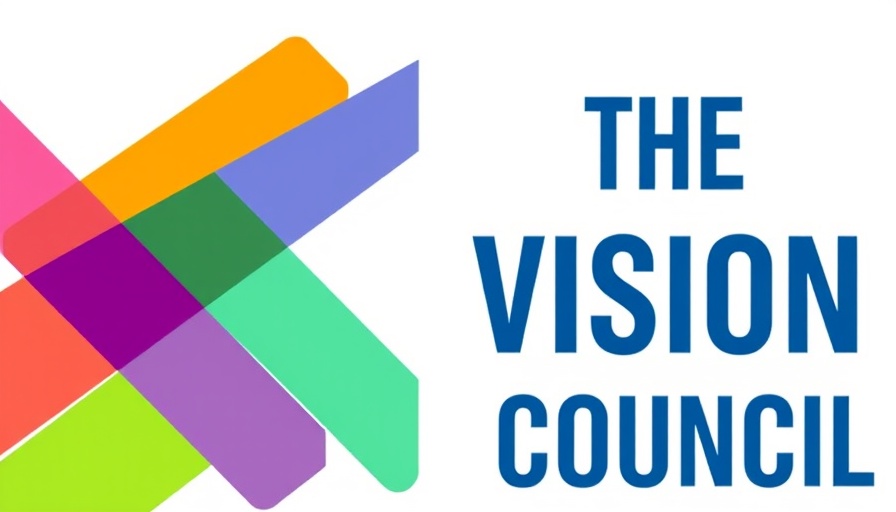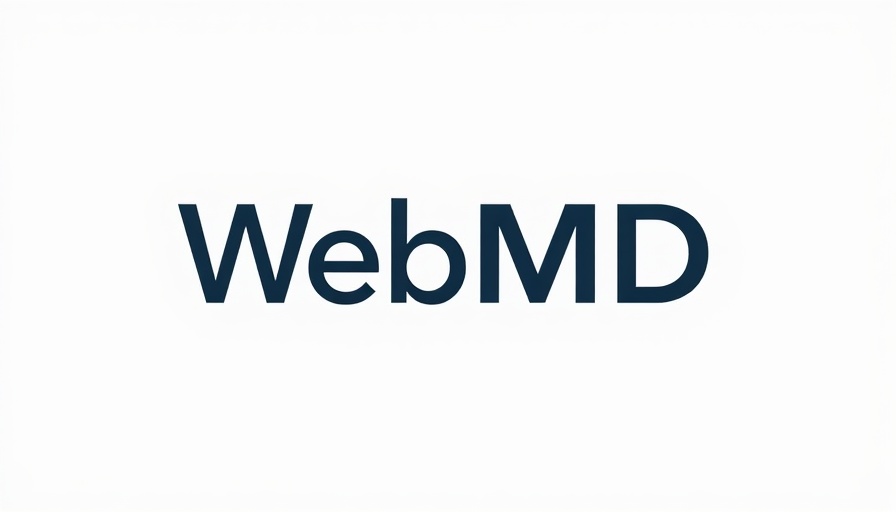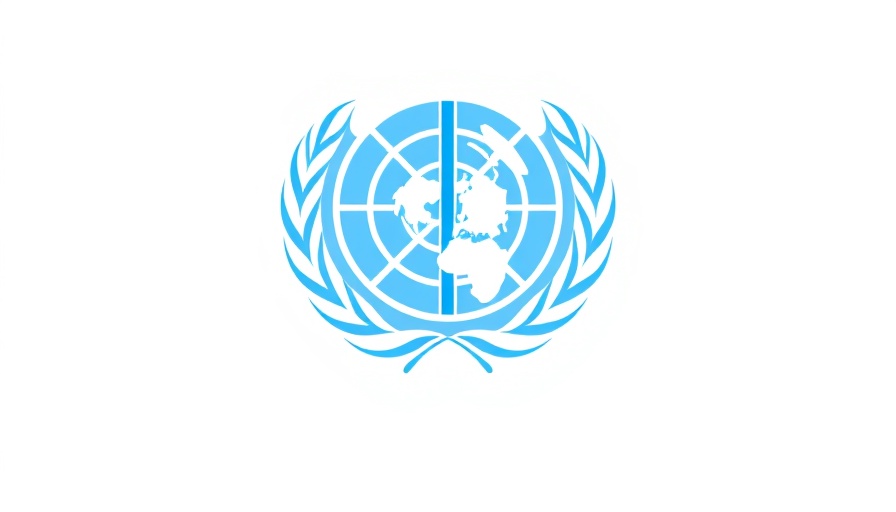
Understanding the Importance of Optical Technical Standards
The recent support from The Vision Council for the advancement of optical technical standards shines a spotlight on the need for safer, quality eyewear. These standards are crucial in ensuring that consumers receive products that are not only stylish but also protective for their eyes. As eyewear becomes an integral part of our daily lives, understanding these standards can help consumers make informed decisions about their eyewear choices.
Historical Context: The Evolution of Eyewear Standards
Optical standards have evolved significantly over the years. Initially, eyewear was primarily a fashion statement or a corrective accessory without rigorous safety regulations. However, as awareness of eye health has increased, so has the demand for quality assurance in eyewear products. Organizations like The Vision Council have played a pivotal role in advocating for higher standards, pushing manufacturers to prioritize safety alongside style.
Why These Standards Matter for Consumers
For consumers, understanding the significance of these optical standards means accessing eyewear that meets safety and quality benchmarks. These standards help mitigate risks associated with poor-quality eyewear, such as eye injuries or visual distortion. Moreover, knowing the standards can empower consumers to question product quality, ensuring they invest in eyewear that truly protects their vision and enhances their lifestyle.
Future Trends: The Role of Technology in Eyewear Safety
Looking forward, technology is set to revolutionize the eyewear industry. Advanced materials and digital innovations are already transforming how eyewear is designed and manufactured. The implementation of smart technology in lenses, for instance, could enhance not just functionality but also safety. As standards adapt to these technological advancements, consumers can expect eyewear that not only looks good but also provides enhanced protection.
Consumer Recommendations: How to Choose the Right Eyewear
Choosing the right eyewear involves more than just selecting a trendy frame. Consumers should look for labels that indicate compliance with established optical standards. Checking for certifications can reassure buyers that the eyewear meets safety benchmarks. Furthermore, consulting with opticians or eye care professionals can provide personalized advice based on individual needs, ensuring that the eyewear is suitable for lifestyles and activities.
Actionable Steps for Eyewear Safety
While it’s crucial for manufacturers to adhere to safety standards, consumers also bear responsibility for their eyewear choices. Here are some actionable steps:
1. **Research Brands**: Look for companies committed to transparency about their materials and standards.
2. **Consult Professionals**: Always obtain eyewear through licensed opticians who understand safety standards.
3. **Stay Informed**: Follow industry news to understand changing standards and new technologies that may affect eyewear safety.
Conclusion: Why Quality Matters in Eyewear
In conclusion, the advancement of optical technical standards is a vital step towards providing consumers with safe, high-quality eyewear. These standards not only protect vision but also build consumer trust in the eyewear industry. By staying informed, consumers can make choices that reflect their health needs and personal style. The future of eyewear promises exciting advancements, and understanding these concepts will ensure consumers are prepared to embrace them, ensuring their vision is always safeguarded.
 Add Row
Add Row  Add
Add 




Write A Comment